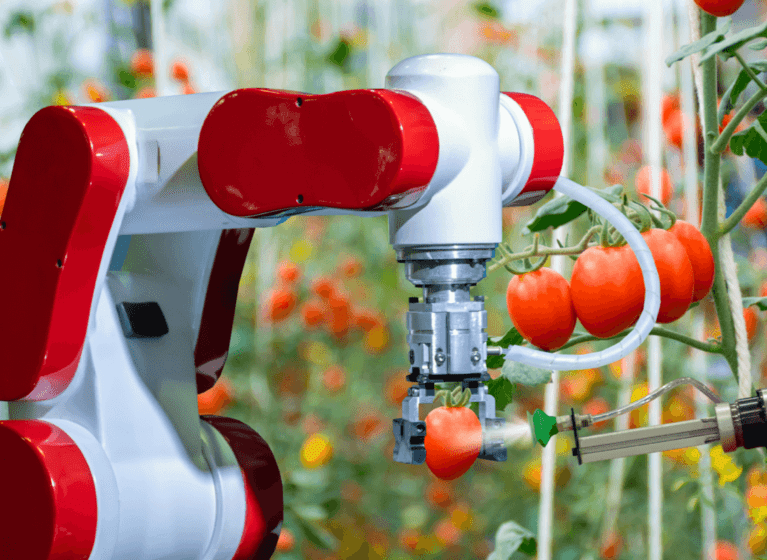In 2013, the Australian Patents Act 1990 (Cth) (“the Act”) was amended via the Raising the Bar in 2013 amendment act1 to introduce new standards of support and enablement with the intention of more closely aligning standards with those implemented in Europe and the UK.
Whilst we await case law from the Australian courts2 to guide the interpretation of enablement and support, a number of recent Patent Office decisions currently provide some guidance in implementing the support and enablement provisions.
In the final of this 3 part series of articles, we review the current position before the Australian Patent Office on support. Part 1 and part 2 cover enablement.
The new support requirement
The new support requirement is that the claims must be supported by matter disclosed in the specification. While Australia was never as liberal as the United States on support issues, the intention is to move us closer to the requirements of the UK and the EPC.
The first decision on support CSR Building Products Limited v United States Gypsum Company3 cites the principle established in Fuels Oils/EXXON4 which states that “The extent of the patent monopoly should correspond to the technical contribution to the art in order for it to be supported.” The Delegate also drew support from Schering Biotech Corp.’s Application5 in setting out a three-part test for assessing support:
- construe the claims to determine the scope of the invention as claimed,
- construe the description to determine the technical contribution to the art, and
- decide whether the claims are supported by the technical contribution to the art.
Essentially, the scope of the claims should correspond to the scope of the invention as disclosed in the description. Technical contribution has also been considered by UK authorities as being similar to non-obvious novelty. That is, what is new to the art and not obvious is another way of identifying the technical contribution.6
The patent application in issue in CSR involved fire resistant building panels made from a gypsum core that included high expansion particles (such as high expansion vermiculite). These particles provide the core with a defined density and hardness. It was established that the technical contribution to the art was that high expansion particles can produce a fire resistant panel when prepared according to particular examples disclosed in the specification. However, given that the claim was broader than this, covering examples that were not fire resistant, the claim failed on the ground of support. There was no general principle of application7 to produce low density, fire resistant panels.
The concept of “general principle of application” is an interesting one that has basis from UK case law. It has been likened to the inventive concept or the identification of the core (or kernel, or essence) of the invention – the idea or principle, of more or less general application. As stated in Biogen8, if a principle underlying an effect is common to a given class, a patentee will be entitled to a patent for that for the entire class, even though the patentee may have only demonstrated utility in one or two of the members of the class. Thus, if the Applicant in CSR had demonstrated that high expansion particles would produce a fire resistant panel when prepared according to each and every example which fell within the scope of the claims, they may have been able to establish that the specification taught a general principle of application. This would have entitled the Applicant to the scope of claim they had sought to attain.
Similar reasoning was applied in the Stephen Anderson v K-fee System GmbH9 case whereby the Applicant’s contribution to the art was found to be limited to particular examples that produced crema-free coffee. In contrast, some of the other examples did not produce crema-free coffee. Since coffee produced according to the claimed parameters would not always produce crema-free coffee, the claim scope extended beyond the Applicant’s contribution to the art. Thus, the claims lacked support.
In Mars, Incorporated v Kraft Foods R & D, Inc10 the the specification described a method of producing heat resistant chocolate under certain conditions which were understood to be important from a reading of the specification. However, these conditions were not defined in the claims and thus the claim was found to be too broad and not equivalent to the applicant’s contribution to the art.
Practical implications
- It is important to draft the specification with the support requirements in mind and to carefully consider what to include as examples and whether they support the breadth of the claimed subject matter.
- Support is more likely to be satisfied if the specification demonstrates a general principle of application.
- A general principle of application may not exist if the specification discloses embodiments that fall within the scope of the claims but do not satisfy the functional requirement of the claim (i.e. do not work).
- If a technical feature is demonstrated in the description as being an essential feature of the invention, it must also be defined in the claims.
- Post-filing data may be helpful during prosecution to support the scope of the claimed invention.
Thus, recent Patent Office decisions suggest that Australia will align with standards of support that exist in Europe and the UK. Whether the Australian courts will proceed in the same manner is not yet known.
1 Intellectual Property Laws Amendment (Raising the Bar) Act 2012
2 The Federal Court in Encompass Corporation Pty Ltd v InfoTrack Pty Ltd [2018] FCA 421 provided little guidance on enablement and support and we await the Full Court decision for further enlightenment.
3 CSR Building Products Limited v United States Gypsum Company [2015] APO 72
4 Fuel Oils/EXXON (T409/91) [1994] OJ EPO 653
5 Schering Biotech Corp.’s Application [1993] RPC 249
6 Generics (UK) Ltd v H Lundbeck A/S [2009] RPC 13
7 Biogen v Medeva [1997] RPC 1 at 48
8 Biogen v Medeva [1997] RPC 1 at 49
9 Stephen Anderson v K-fee System GmbH [2018] APO 56
10 Mars, Incorporated v Kraft Foods R & D, Inc. [2018] APO 62






















